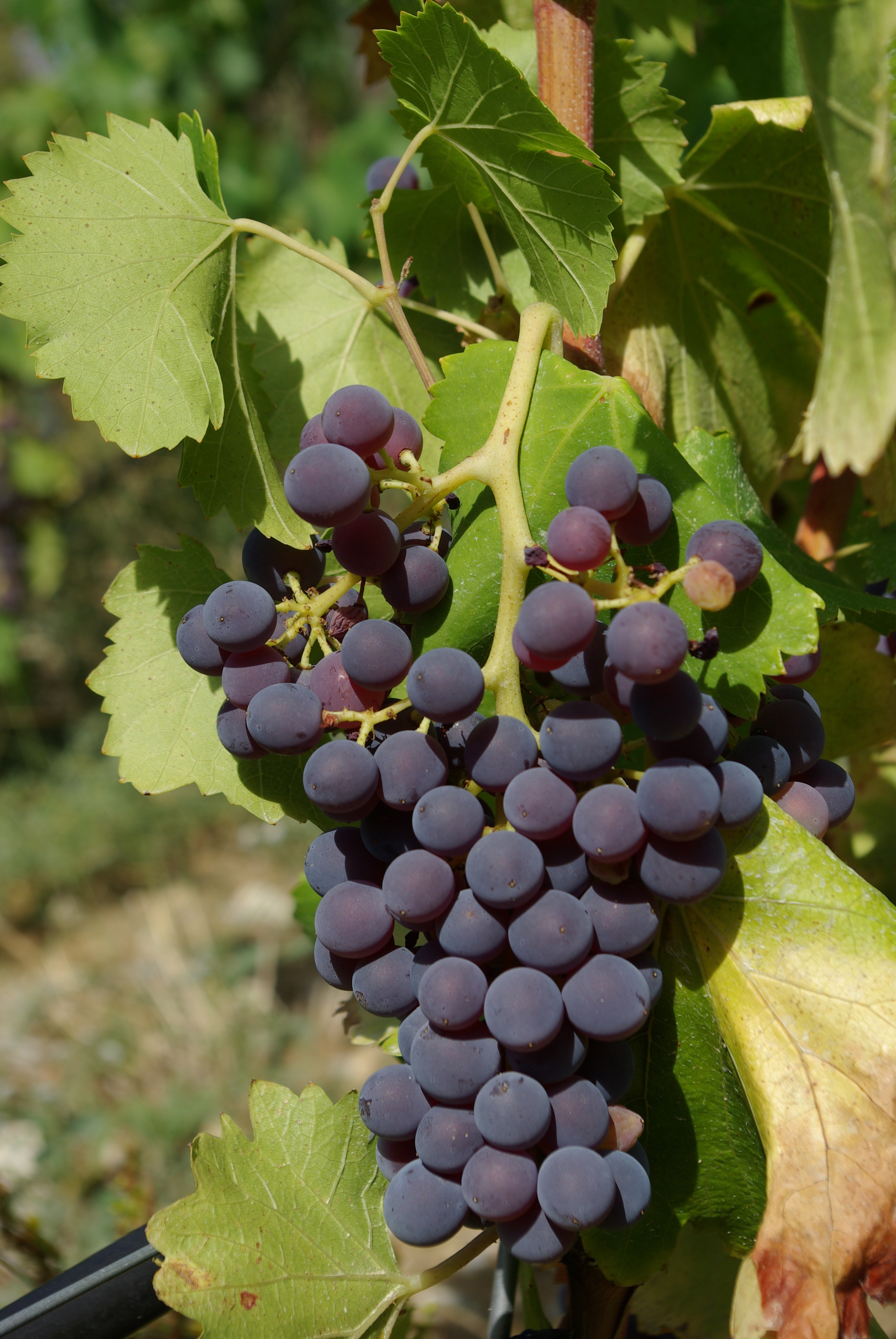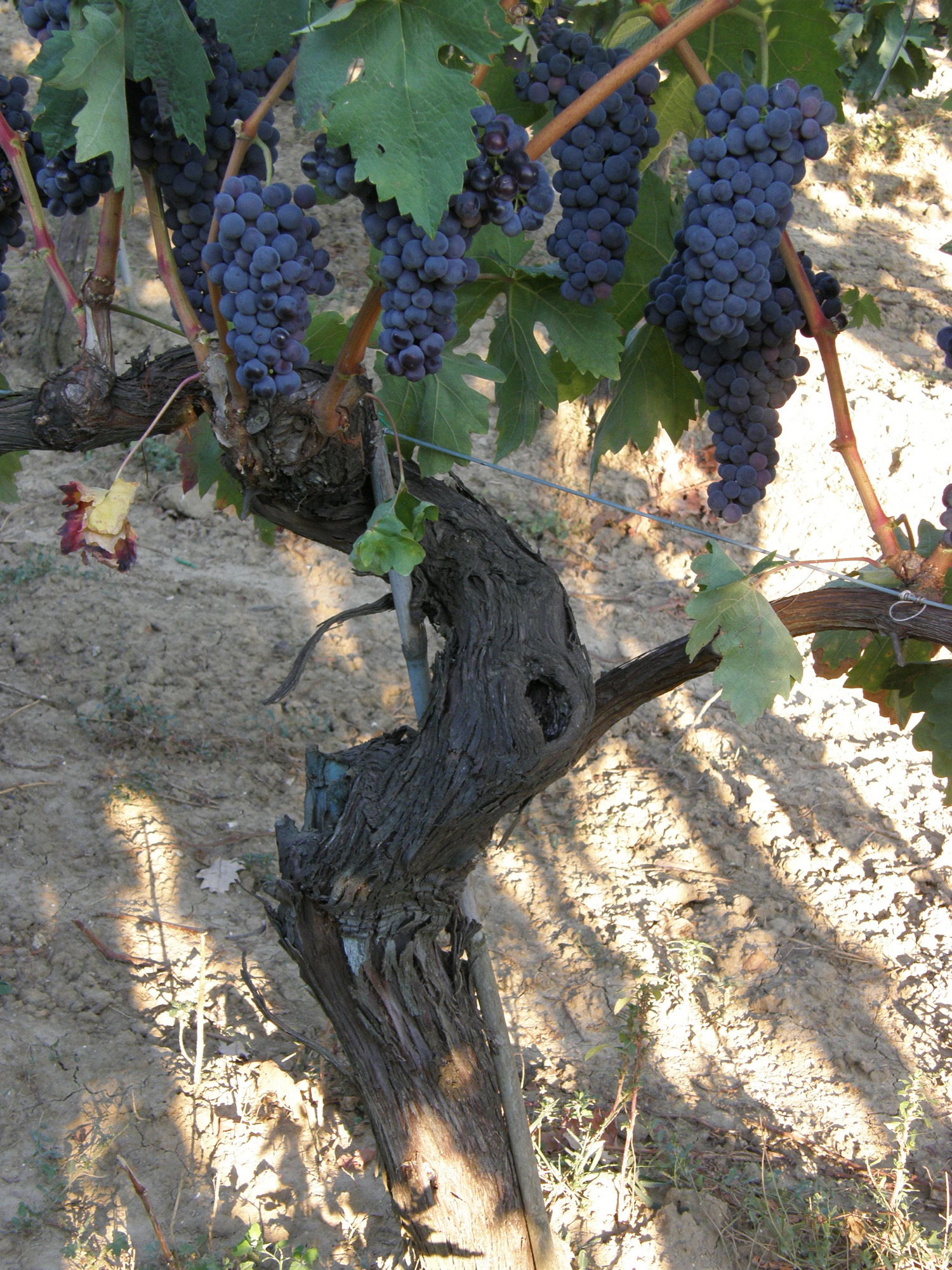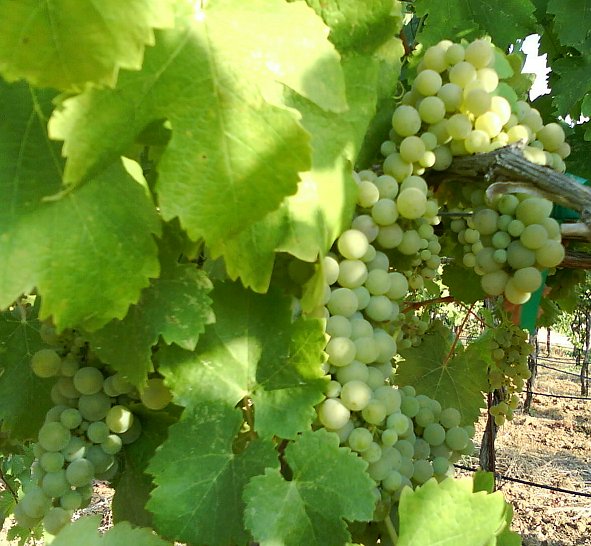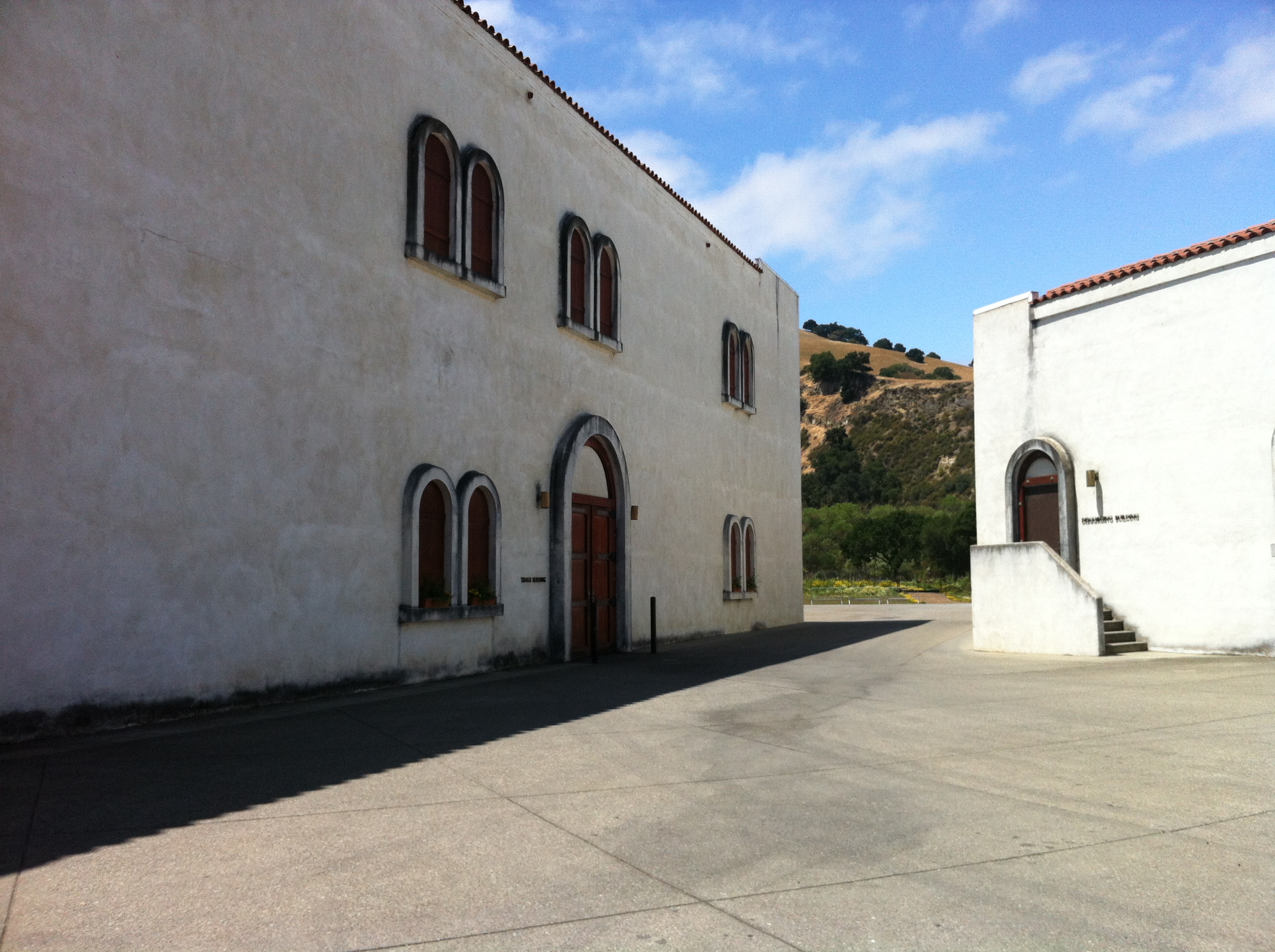|
Rueda (DO)
Rueda is a Spanish Denominación de Origen Protegida (DOP) for wines located in the Community of Castile and León. It comprises 72 municipalities, of which 53 are in the province of Valladolid, 17 are in the north of the province of Segovia, and 2 are in the north of the province of Ávila."Denominación de Origen Rueda" webpage of . Retrieved March 7, 2008. It is one of Spain's leading wine regions, and is known primarily for its white wines based on the Verdejo grape. History [...More Info...] [...Related Items...] OR: [Wikipedia] [Google] [Baidu] |
Province Of Valladolid
Valladolid () is a province of northwest Spain, in the central part of the autonomous community of Castile and León. It has a population of 520,716 people in a total of 225 municipalities, an area of and a population density of 64.19 people per km2. The capital is the city of Valladolid. It is bordered by the provinces of Zamora, León, Palencia, Burgos, Segovia, Ávila, and Salamanca. It is thus the only Spanish province surrounded entirely by other provinces of the same autonomous community. It is the only peninsular province which has no mountains. Because the extensive plain on which the province lies is strategically important to overland transport, it is a major communications hub. From a national point of view it connects Madrid with the north of Spain, from Vigo in Galicia to San Sebastián in the Basque Country, and from an international point of view, it is on the shortest land route connecting Porto in the north of Portugal with Hendaye in the south of France. Th ... [...More Info...] [...Related Items...] OR: [Wikipedia] [Google] [Baidu] |
Duero
The Douro (, , ; es, Duero ; la, Durius) is the highest-flow river of the Iberian Peninsula. It rises near Duruelo de la Sierra in Soria Province, central Spain, meanders south briefly then flows generally west through the north-west part of central Spain and into northern Portugal, to its mouth at Porto, the second largest city of Portugal. At its mouth it meets the Atlantic Ocean. The scenic Douro railway line runs close to the river. Adjacent areas produce port (a mildly fortified wine) and other agricultural produce. A small tributary of the river has the Côa Valley Paleolithic Art site which is considered important to the archaeological pre-historic patrimony, designated a UNESCO World Heritage Site. Within Spain, it flows through the middle of the autonomous community of Castile and León, with the basin spanning through the northern half of the Meseta Central. The latter includes wine producing areas such as the Ribera del Duero DOP. History The Latin name ''D ... [...More Info...] [...Related Items...] OR: [Wikipedia] [Google] [Baidu] |
Trellises (vine)
The use of vine training systems in viticulture is aimed primarily to assist in canopy management with finding the balance in enough foliage to facilitate photosynthesis without excessive shading that could impede grape ripening or promote grape diseases.G. Nonnecke 'Training Systems for Grapes: High vs. Low Cordon'' Iowa Grape Growers Conference, January 26th, 2002 Additional benefits of utilizing particular training systems could be to control potential yields and to facilitate mechanization of certain vineyard tasks such as pruning, irrigation, applying pesticide or fertilizing sprays as well as harvesting the grapes.J. Robinson (ed) ''"The Oxford Companion to Wine"'' Third Edition pg 134-230, 300-341, 399-413, 551-553, 617-634, 661-692, 706-733 Oxford University Press 2006 In deciding on what type of vine training system to use, growers also consider the climate conditions of the vineyard where the amount of sunlight, humidity and wind could have a large impact on the e ... [...More Info...] [...Related Items...] OR: [Wikipedia] [Google] [Baidu] |
Grenache
Grenache () or Garnacha () is one of the most widely planted red wine grape varieties in the world.Niels Lillelund: ''Rhône-Vinene'' p. 25, JP Bøger – JP/Politikens Forlagshus A/S, 2004. . It ripens late, so it needs hot, dry conditions such as those found in Spain, where the grape most likely originated. It is also grown in the Italian island of Sardinia, the south of France, Australia, and California's Monterey AVA and San Joaquin Valley. It is generally spicy, berry-flavored and soft on the palate and produces wine with a relatively high alcohol content, but it needs careful control of yields for best results. Characteristic flavor profiles on Grenache include red fruit flavors (raspberry and strawberry) with a subtle, white pepper spice note. Grenache wines are highly prone to oxidation, with even young examples having the potential to show browning (or "bricking") coloration that can be noticed around the rim when evaluating the wine at an angle in the glass ... [...More Info...] [...Related Items...] OR: [Wikipedia] [Google] [Baidu] |
Syrah
Syrah (), also known as Shiraz, is a dark-skinned grape variety grown throughout the world and used primarily to produce red wine. In 1999, Syrah was found to be the offspring of two obscure grapes from southeastern France, Dureza and Mondeuse Blanche. Syrah should not be confused with Petite Sirah, a cross of Syrah with Peloursin dating from 1880. The style and flavor profile of wines made from Syrah are influenced by the climate where the grapes are grown. In moderate climates (such as the northern Rhone Valley and parts of the Walla Walla AVA in Washington State), they tend to produce medium to full-bodied wines with medium-plus to high levels of tannins and notes of blackberry, mint and black pepper. In hot climates (such as Crete, and the Barossa Valley and McLaren Vale regions of Australia), Syrah is more consistently full-bodied with softer tannin, jammier fruit and spice notes of licorice, anise and earthy leather. In many regions the acidity and tannin l ... [...More Info...] [...Related Items...] OR: [Wikipedia] [Google] [Baidu] |
Merlot
Merlot is a dark blue–colored wine grape variety, that is used as both a blending grape and for varietal wines. The name ''Merlot'' is thought to be a diminutive of ''merle'', the French name for the blackbird, probably a reference to the color of the grape. Its softness and "fleshiness," combined with its earlier ripening, make Merlot a popular grape for blending with the sterner, later-ripening Cabernet Sauvignon, which tends to be higher in tannin. Along with Cabernet Sauvignon, Cabernet Franc, Malbec and Petit Verdot, Merlot is one of the primary grapes used in Bordeaux wine, and it is the most widely planted grape in the Bordeaux wine regions. Merlot is also one of the most popular red wine varietals in many markets. This flexibility has helped to make it one of the world's most planted grape varieties. As of 2004, Merlot was estimated to be the third most grown variety at globally.J. Robinson (ed) ''The Oxford Companion to Wine'' Third Edition, Oxford Uni ... [...More Info...] [...Related Items...] OR: [Wikipedia] [Google] [Baidu] |
Cabernet Sauvignon
Cabernet Sauvignon () is one of the world's most widely recognized red wine grape varieties. It is grown in nearly every major wine producing country among a diverse spectrum of climates from Australia and British Columbia, Canada to Lebanon's Beqaa Valley. Cabernet Sauvignon became internationally recognized through its prominence in Bordeaux wines, where it is often blended with Merlot and Cabernet Franc. From France and Spain, the grape spread across Europe and to the New World where it found new homes in places like California's Santa Cruz Mountains, Paso Robles, Napa Valley, New Zealand's Hawke's Bay, South Africa's Stellenbosch region, Australia's Margaret River, McLaren Vale and Coonawarra regions, and Chile's Maipo Valley and Colchagua. For most of the 20th century, it was the world's most widely planted premium red wine grape until it was surpassed by Merlot in the 1990s. However, by 2015, Cabernet Sauvignon had once again become the most widely plante ... [...More Info...] [...Related Items...] OR: [Wikipedia] [Google] [Baidu] |
Tempranillo
Tempranillo (also known as Ull de Llebre, Cencibel, Tinto Fino and Tinta del Pais in Spain, Aragonez or Tinta Roriz in Portugal, and several other synonyms elsewhere) is a black grape variety widely grown to make full-bodied red wines in its native Spain. Its name is the diminutive of the Spanish ''temprano'' ("early"), a reference to the fact that it ripens several weeks earlier than most Spanish red grapes. Tempranillo has been grown on the Iberian Peninsula since the time of Phoenician settlements. It is the main grape used in Rioja, and is often referred to as Spain's noble grape. The grape has been planted throughout the globe's wine regions. In 2015, Tempranillo was the fourth most widely planted wine grape variety worldwide with under vine, of which 87% was in Spain where it is the most planted red grape variety. Unlike more aromatic red wine varieties like Cabernet Sauvignon, Sangiovese and Pinot noir, Tempranillo has a relatively neutral profile so it is often ... [...More Info...] [...Related Items...] OR: [Wikipedia] [Google] [Baidu] |
Chardonnay
Chardonnay (, , ) is a green-skinned grape variety used in the production of white wine. The variety originated in the Burgundy wine region of eastern France, but is now grown wherever wine is produced, from England to New Zealand. For new and developing wine regions, growing Chardonnay is seen as a 'rite of passage' and an easy entry into the international wine market. The Chardonnay grape itself is neutral, with many of the flavors commonly associated with the wine being derived from such influences as '' terroir'' and oak.Robinson, 2006, pp. 154–56. It is vinified in many different styles, from the lean, crisply mineral wines of Chablis, France, to New World wines with oak and tropical fruit flavors. In cool climates (such as Chablis and the Carneros AVA of California), Chardonnay wine tends to be medium to light body with noticeable acidity and flavors of green plum, apple, and pear. In warmer locations (such as the Adelaide Hills and Mornington Peninsula in A ... [...More Info...] [...Related Items...] OR: [Wikipedia] [Google] [Baidu] |
Viognier
Viognier () is a white wine grape variety. It is the only permitted grape for the French wine Condrieu in the Rhône Valley.J. Robinson ''"The Oxford Companion to Wine"'' Third Edition pg 754 Oxford University Press 2006 Outside of the Rhône, Viognier can be found in regions of North and South America as well as Australia, New Zealand, the Cape Winelands in South Africa, south Moravia region in Czechia and Israel. In some wine regions, the variety is co-fermented with the red wine grape Syrah where it can contribute to the color and aroma of the wine.Wine & Spirits Education Trust ''"Wine and Spirits: Understanding Wine Quality"'' pgs 6-9, Second Revised Edition (2012), London, Like Chardonnay, Viognier has the potential to produce full-bodied wines with a lush, soft character. In contrast to Chardonnay, the Viognier varietal has more natural aromatics that include notes of peach, pears, violets and minerality. However, these aromatic notes can be easily destroyed ... [...More Info...] [...Related Items...] OR: [Wikipedia] [Google] [Baidu] |
Palomino
Palomino is a genetic color in horses, consisting of a gold coat and white mane and tail; the degree of whiteness can vary from bright white to yellow. Genetically, the palomino color is created by a single allele of a dilution gene called the cream gene working on a "red" (chestnut) base coat. Palomino is created by a genetic mechanism of incomplete dominance, hence it is not considered true-breeding. However, most color breed registries that record palomino horses were founded before equine coat color genetics were understood as well as they are today, therefore the standard definition of a palomino is based on the visible coat color, not heritability nor the underlying presence of the dilution gene. Due to their distinct color, palominos stand out in a show ring, and are much sought after as parade horses. They were particularly popular in movies and television during the 1940s and 1950s. One of the most famous palomino horses was Trigger, known as "the smartest hors ... [...More Info...] [...Related Items...] OR: [Wikipedia] [Google] [Baidu] |
Sauvignon Blanc
is a green-skinned grape variety that originates from the Bordeaux region of France. The grape most likely gets its name from the French words ''sauvage'' ("wild") and ''blanc'' ("white") due to its early origins as an indigenous grape in South West France. It is possibly a descendant of Savagnin. is planted in many of the world's wine regions, producing a crisp, dry, and refreshing white varietal wine. The grape is also a component of the famous dessert wines from Sauternes and Barsac. Sauvignon blanc is widely cultivated in France, Chile, Romania, Canada, Australia, New Zealand, South Africa, Bulgaria, the states of Oregon, Washington, and California in the US. Some New World Sauvignon blancs, particularly from California, may also be called "Fumé Blanc", a marketing term coined by Robert Mondavi in reference to Pouilly-Fumé. Depending on the climate, the flavor can range from aggressively grassy to sweetly tropical. In cooler climates, the grape has a tendency ... [...More Info...] [...Related Items...] OR: [Wikipedia] [Google] [Baidu] |









.jpg)
